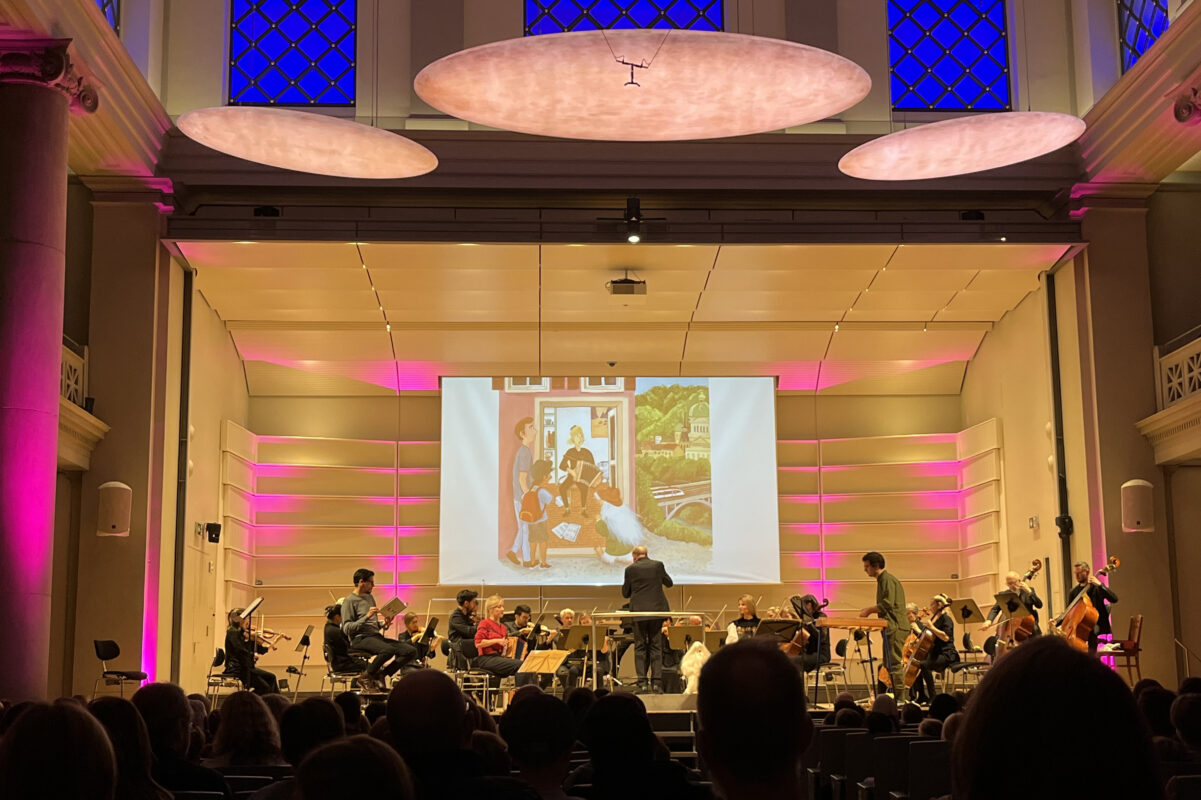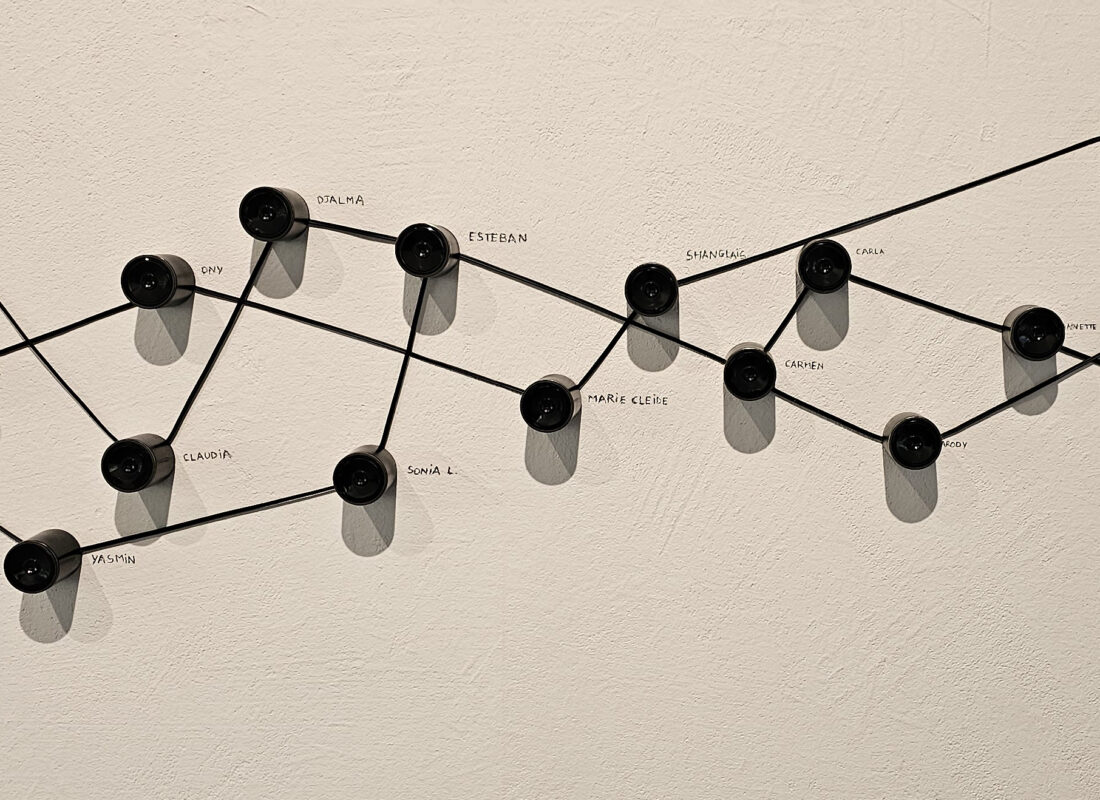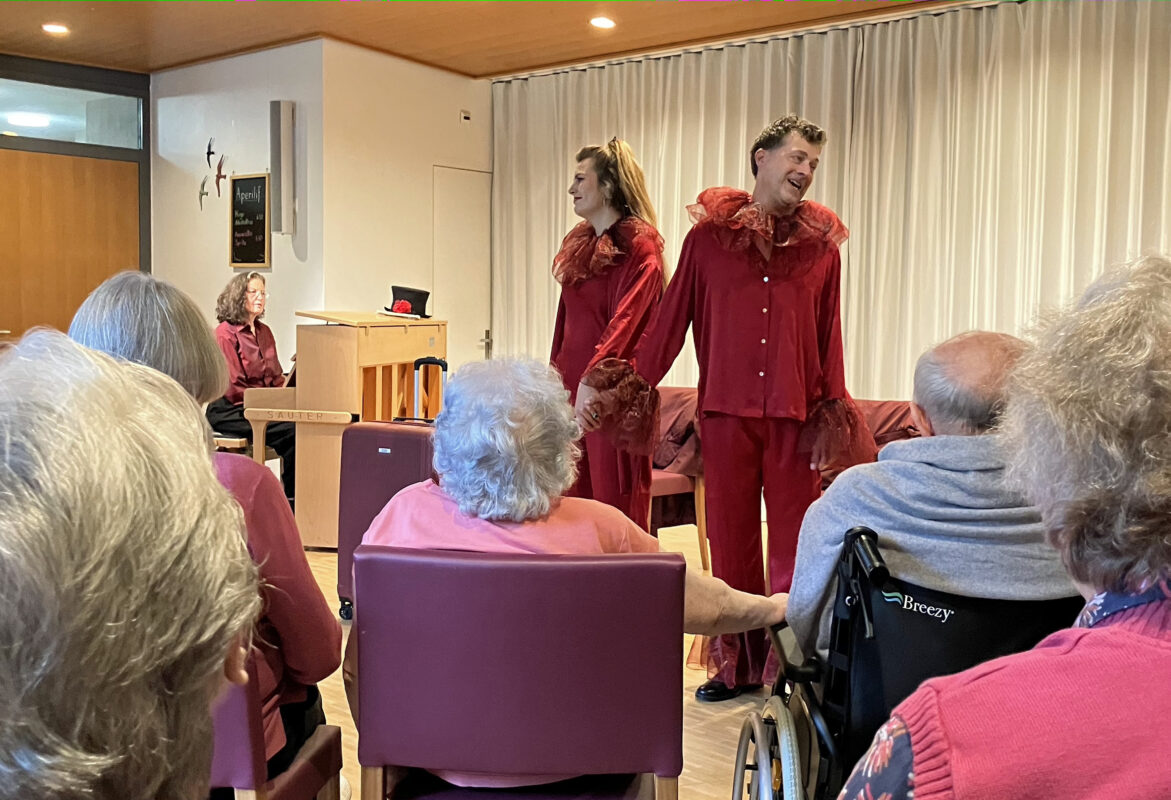Albert Edelmann and his instruments
Albert Edelmann introduced his pupils to the Toggenburg songs, but also to playing the Halszither. His collection of instruments has now been made accessible again in the converted farmhouse in Ebnat-Kappel.
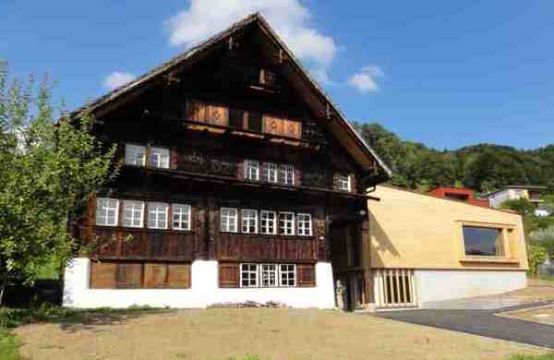
Albert Edelmann (1886-1963) knew how to take a broad view of his educational mission during his fifty years of teaching at the Dicken mountain school near Ebnat-Kappel. In his handicraft lessons, the dedicated local history teacher worked with the schoolchildren to repair rural utensils from Toggenburg and neck zithers: stringed instruments with a flat, drop-shaped resonance box and a fingerboard-covered neck. Ida Bleiker, Edelmann's former pupil and long-time housekeeper, had learned a few fingerings on this popular cittern and showed the peasant boys and girls how to play it. And when "the teacher", as the popular schoolmaster was generally known, accompanied the playing and singing of traditional Toggenburg songs on one of the seven house organs that had been brought to him, the young people were musically encouraged long before music education was established in elementary school.
-
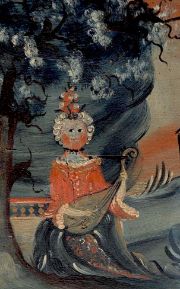
So-called peony painter: player of the Toggenburg Halszither. Bedstead from 1784 in the Ackerhaus. Photo. Jost Kirchgraber
After retiring, Albert Edelmann and Ida Bleiker moved into a Toggenburg house from 1752, which had been moved from Oberhelfenschwil to Ebnat-Kappel, together with over 2000 folkloristic objects - including over forty Halszithern, a hammered dulcimer, several woodwind instruments, a fortepiano by Ulrich Ammann (1820) and the organs mentioned above - and set themselves up in a unique living museum. Shortly before his death, the landlord and former pupils founded the Toggenburg Halszither Group, which still meets once a month in the Ackerhaus to sing and play the same Toggenburg songs - now in their sixth edition.
After Edelmann's death, Ida Bleiker acted as curator for over twenty years, guiding visitors from exhibit to exhibit with astounding detailed knowledge and natural liveliness, playing a psalm on Melchior Grob's house organ from the late 18th and early 20th centuries. Military march by Franz Schubert on the piano with a 19th-century Janissary train or plucked Father's Jödeliwalzer on a neck zither. Shortly before her retirement, the enterprising woman, who had only been able to acquire a modest knowledge of French at comprehensive school, learned English so that she could also show foreign-language visitors around the local museum. When Ida Bleiker, who was awarded the Culture Prize of the Canton of St. Gallen in 1985, moved into a retirement home, a piece of Swiss museum history was to come to an end. The Ackerhaus, which was supported by a foundation, was threatened with closure in the following years.
A few years ago, historian Jost Kirchgraber began to fight for the renovation of the Ackerhaus, initially on his own, but soon with the support of members of the foundation and municipal council. Edelmann's atmospheric music room was demolished and replaced by a larger domed room. The masterfully restored house organs by Melchior Grob (1793) and Heinrich Ammann (1807) can be played in this small room, which was built by local carpenters and has excellent acoustics. The adjoining Biedermeier parlor, part of the newly designed local museum, can be used as a wedding room if required.
The hard-working members of the working group are looking forward to cheerful festive congregations and music lovers listening to the sound of the bright farm organs and other house concerts.
-
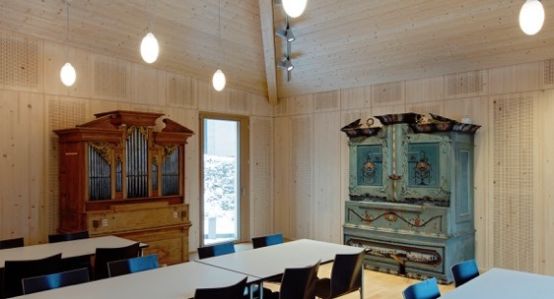
The new music room opened in November 2015 with the house organs by Melchior Grob (1793, left) and Heinrich Ammann (1807, center). Photo: Stefan Rohner
With the renovated Ackerhaus in Ebnat-Kappel, the KlangWelt Toggenburg (courses, Naturstimmen-Festival, Klangschmiede and Klangweg) and the recently expanded center for Appenzell and Toggenburg folk music in the Roothus Gonten, the documentation, cultivation and revival of traditional Toggenburg music is in very good shape.






